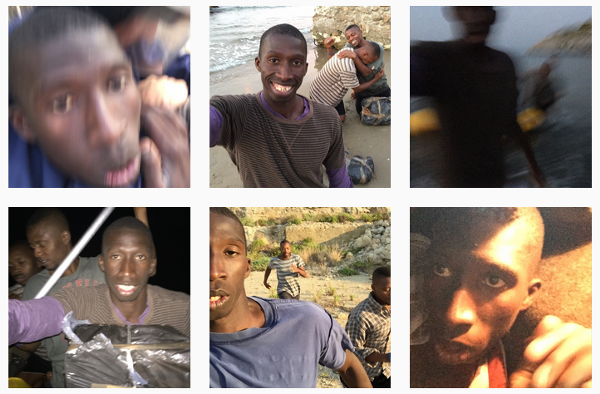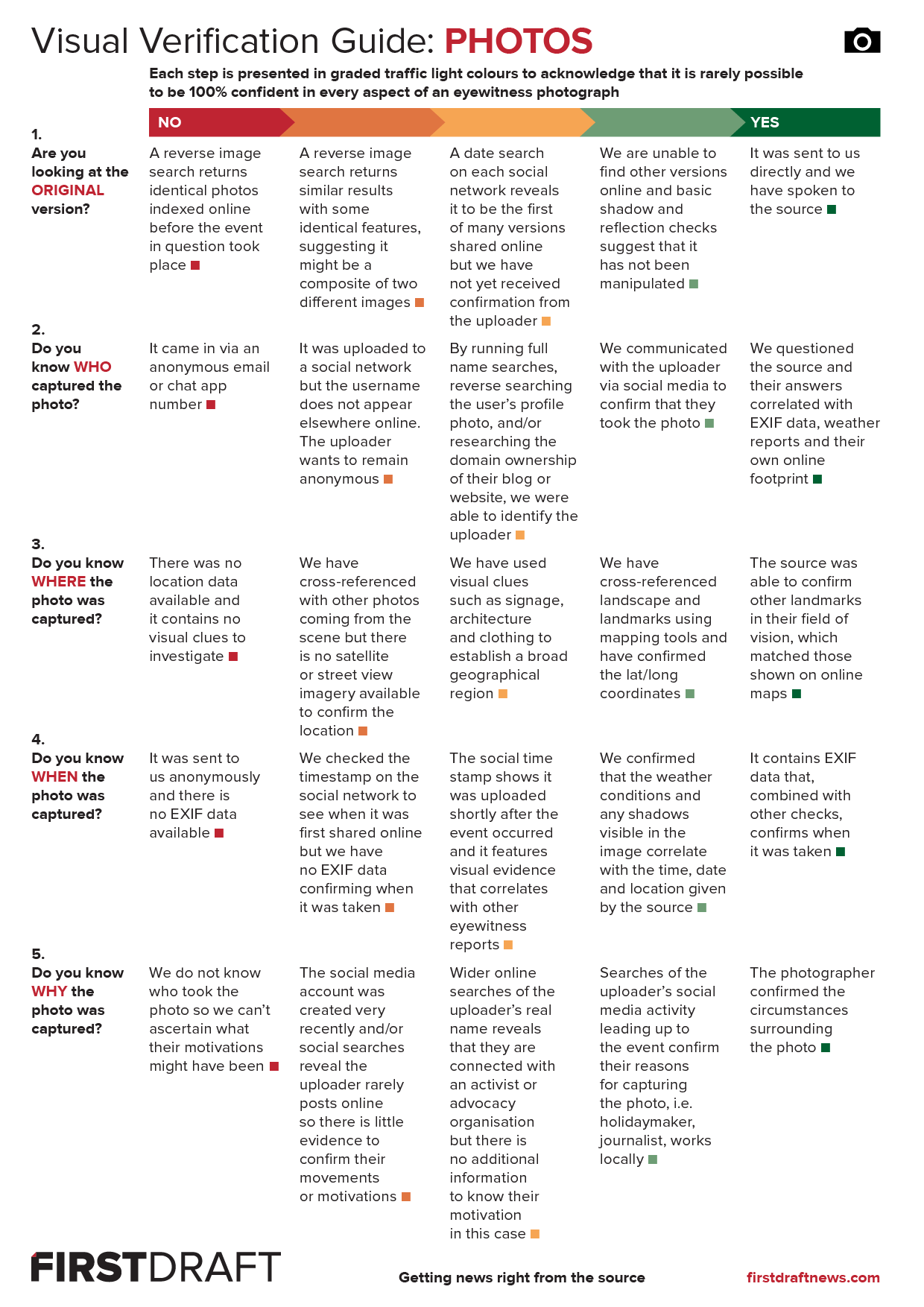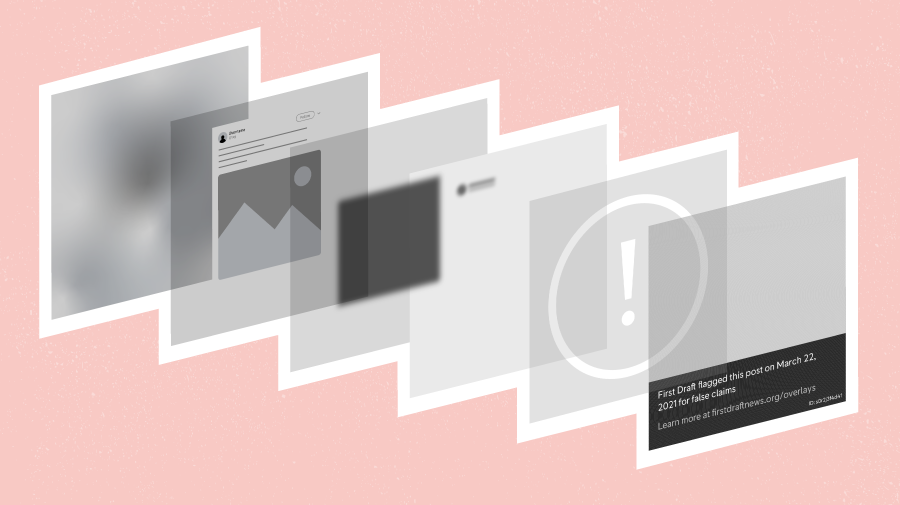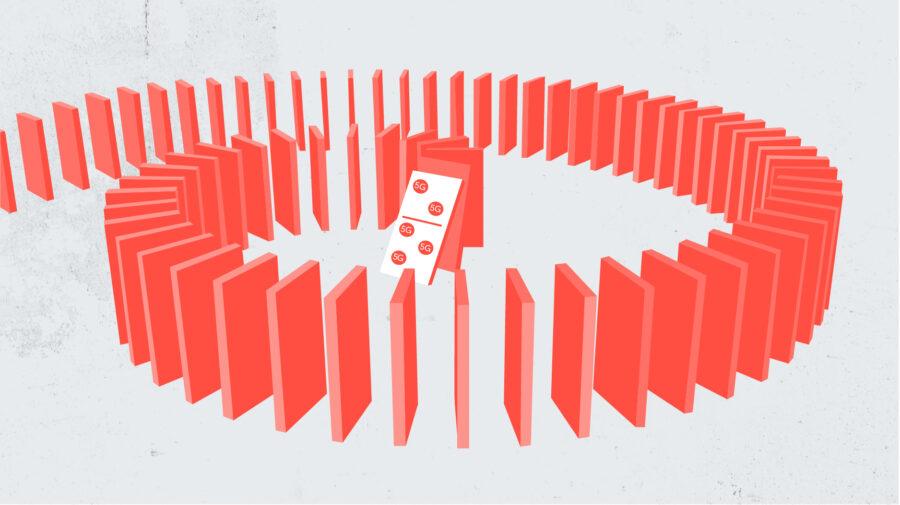Did a migrant document his journey to Europe on Instagram? Did a young Syrian boy save a friend from danger under a hail of bullets? Did a pair of magicians pull off the ultimate photobomb by performing a trick in the background of a news report outside the Houses of Parliament?
The answer to all of these questions is — as great as the stories are — an unequivocal no. Did large, revered news organisations fall for the hoaxes? Unfortunately, yes.
The ‘too good to be true’ factor of a jaw-dropping story should be the first whiff of suspicion for any journalist.
But with the commercial incentive of harnessing web traffic and social shares, some verification fundamentals can be forgotten.
Add social media to the fact there are now more smartphones than people in the world, seasoned with the natural human instinct for sharing rumour to make sense of trauma, and the recipe for misinformation is ripe.

Screenshot from the Instagram account “abdoudiouf1993” which claimed to document a migrant’s journey to Europe but was discovered as fake
News organisations, of course, should guide the public in these situations. Their reputation relies on being able to offer readers relevant, useful and accurate information, after all.
But, as the pace of technology and shifting sands of digital communication develop, there are no established, industry-wide guidelines to deal with the problem, as evolved over the course of decades — if not centuries — before the Internet changed everything.
Members of the First Draft Coalition worked together to create a verification guide which we hope will help in these situations, a guide which journalists can keep with them and refer to when necessary.
This verification guide for photos can be downloaded via the link below, as can the video verification guide and double-sided booklet guide
The guide follows the same verification steps and fundaments we have written about before – making sure both the source and content stand up to close scrutiny – across five steps. They are:
- Are you looking at the original version?
- Do you know who captured the content?
- Do you know where they captured the content?
- Do you know when they captured the content?
- Do you know why they captured the content?

Because it is very difficult to make sure anything is 100 per cent legitimate if it has been submitted by a third party, we have given the steps a graded traffic light system to establish whether something is fit to publish.
Have you been able to check the file’s EXIF data? Have you spoken to the source? Have you double-checked any landmarks with available maps or satellite images? Does the weather in the content match that of the day on which the source claims it was taken?
The guide covers both video and photo content and is available to download, print out and fold up into a pocket-sized booklet for easy reference, or print off as a full sheet.
Get the one-sheet photo verification guide here, the one-sheet video verification guide here, and the double-sided booklet guide here (followingthese steps to fold it up for use). You can also see the photo guide and video guide in full.
First Drafters with years of experience in this issue have previously written about building verification processes into a newsroom’s workflow, the ethics and responsibilities of using eyewitness media and how to spot online hoaxes which may also be useful.
These articles form part of the growing collection on the subject on this Medium collection, a collection which will continue with the launch ofFirstDraftNews.com in the coming weeks. The verification guide is the first in a number of resources we will make to assist in this area as well.
Being journalists ourselves, we know the profession is a proud bunch which doesn’t always take kindly to corrections or advice, but we hope this may go some way in helping the news industry navigate the minefield of misinformation the Internet creates.
Breaking news is still as vital a public service as it ever was. But it’s no use if what you’re reporting is false.







2 thoughts on “Are you a journalist? Download this free guide for verifying photos and videos”
Comments are closed.